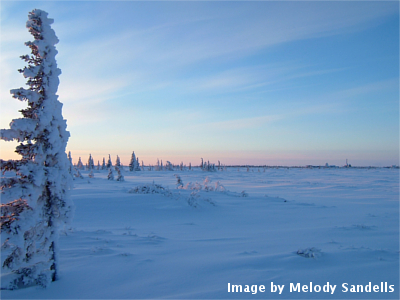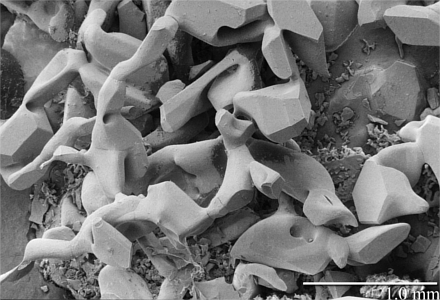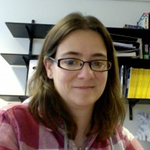In the know about MICROSNOW
Posted on 26 June 2014
In the know about MICROSNOW
 By Dr Melody Sandells, Senior Research Fellow, Department of Meteorology, University of Reading.
By Dr Melody Sandells, Senior Research Fellow, Department of Meteorology, University of Reading.
Snow is cold, beautiful and incredibly important. More than a billion people need it for their water supply, and it also impacts lives elsewhere through its effect on weather patterns, transport. Its key recognisable feature – that it’s white - governs how much of the sun’s energy is absorbed by our planet.
So a pertinent question is how much has the snow cover changed with the changing climate, or if it has changed at all? We don’t yet know how much snow we have, let alone whether it has changed in volume, but we do have the potential to know.
Measurements of naturally emitted radiation at microwave frequencies have been made since the 70s. Scattering of this radiation depends on how much snow is on the ground, so a reduced signal means more snow. However, it is also sensitive to the size of the snow crystals - the small-scale structure of snow - and we are working towards an understanding of how to incorporate the physics of snow into our microwave models to make better satellite measurements of snow mass. Once we have all this figured out, we can apply the technique to the long-term dataset and see whether the snow distribution has changed.
In August, we will host the MICROSNOW workshop (Workshop on Microstructure in Snow Microwave Radiative Transfer) at Reading University, to understand how to quantify snow structure and how to represent it in the microwave scattering models. At present, some models assume perfect snow crystal spheres, which may or may not stick together. Others may assume a statistical description of the ice/air distribution.
Snow structure is a long way from being homogeneous. Layers form in the snow each time it snows, and any melt refreeze causes havoc with the microwave signal, so we need to think about how we account for these in our models. Snow crystal size is measured by people who look at snow crystals under a microscope and attempt to place limits on their size, but this is very subjective. New instruments have been developed to provide objective measurements of snow crystal size, so we need to develop new ways of using those measurements in the microwave models.

Electron microscope image of snow crystals, provided by the Electron and Confocal Microscopy Laboratory, Agricultural Research Service, US Department of Agriculture.
As the first snow-microwave workshop, MICROSNOW will bring together the whole community, including the people who developed snow microwave radiative transfer theory and the model software, together with researchers who are interested in applications of the models. As part of this workshop, there will be a model clinic where the model developers will be on hand to help people use the models for the first time, to answer questions and to help users adapt their data to input into the models.
The microwave model software is generally freely available, and sharing of models and data is part of the snow-microwave community culture. After all, the data are really tough (but fun) to collect, and the models are not simple. With common goals, the Software Sustainability Institute has kindly agreed to support the MICROSNOW workshop model clinic, which will enable us to share code, data, ideas and food. Exciting times indeed! This should ultimately lead to better observations of global snow mass, and perhaps even a new satellite dedicated to snow, and a better understanding of our changing planet.

